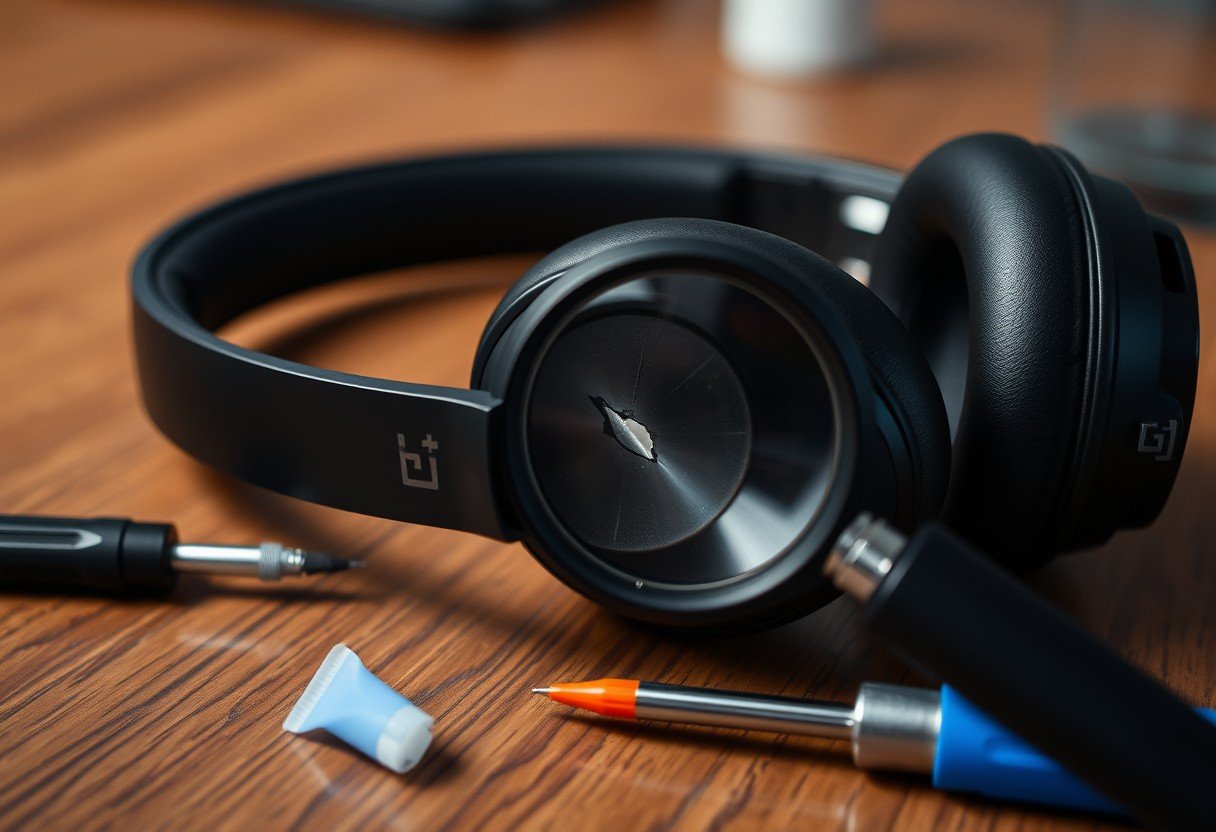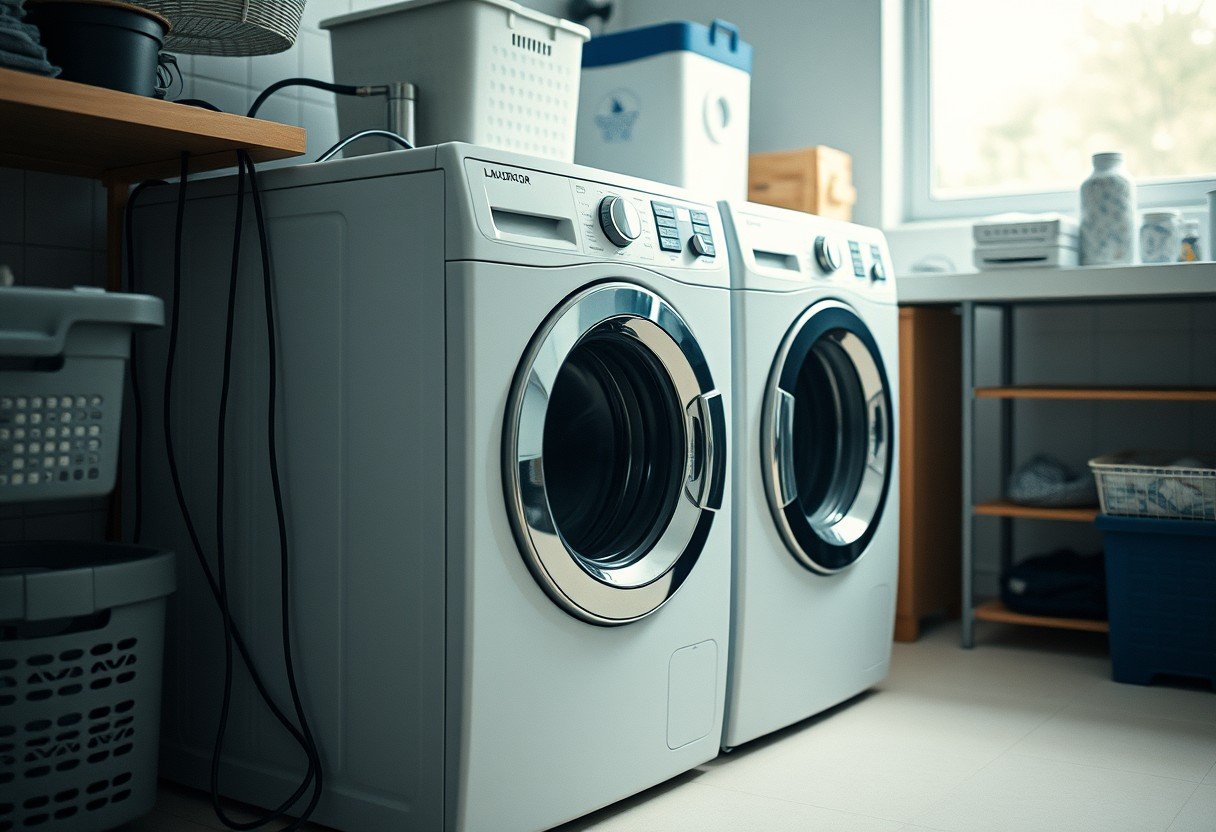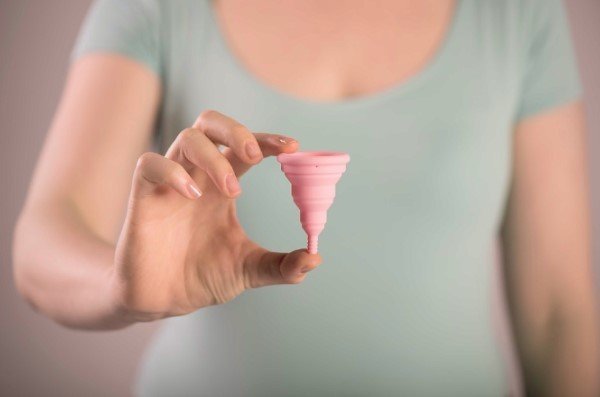Tracking your sleep is a great way to understand your overall health, and many people turn to Garmin watches for this data. These devices use advanced sensors and algorithms to give you a detailed look at your sleep stages and quality. We will explore how accurate Garmin’s sleep tracking really is, helping you decide if it’s the right tool to help you improve your rest and recovery.
How Garmin Watches Track Your Sleep
Garmin watches use a combination of sophisticated sensors and smart algorithms to monitor what happens while you are asleep. They don’t just guess; they collect real data from your body to build a picture of your nightly rest.
The primary technology at work is an optical heart rate sensor. This sensor shines a light onto your skin to detect changes in blood volume, which allows it to measure your heart rate and, more importantly, your Heart Rate Variability (HRV). Changes in your HRV are closely linked to transitions between different sleep stages.
Additionally, an accelerometer inside the watch tracks your movement. A lot of tossing and turning indicates light or restless sleep, while long periods of stillness often point to deep sleep. By combining motion data with heart rate data, the watch can make a highly educated estimate of whether you are in light, deep, or REM sleep. Some newer models also include a Pulse Ox sensor to measure blood oxygen levels, adding another layer of data to the analysis.
The Real-World Accuracy of Garmin Sleep Data
When it comes to accuracy, Garmin watches provide a generally reliable overview of your sleep patterns. For most users, they are excellent at tracking total sleep duration and identifying when you fall asleep and wake up. However, they are not medical-grade devices.
The gold standard for sleep analysis is a clinical study called polysomnography, which uses electrodes to monitor brain waves, eye movement, and muscle activity. Compared to this, any wrist-worn tracker will be less precise. Research and user experiences suggest that Garmin is good at identifying sleep but can sometimes struggle to differentiate between the specific sleep stages perfectly. For example, it might misinterpret a period of quiet wakefulness as light sleep.
| Feature | Garmin Watch | Medical Sleep Study |
| Method | Heart rate, HRV, and movement sensors | Polysomnography (brain waves, eye movement) |
| Accuracy | Good for trends and duration | Highly accurate for all sleep stages |
| Convenience | Very convenient, worn on the wrist | Requires a clinical setting and equipment |
Ultimately, a Garmin watch is best used as a tool for tracking long-term trends and understanding your personal sleep habits rather than for a clinical diagnosis.
Factors that Can Affect Your Garmin’s Accuracy
Several factors can influence how accurately your Garmin watch tracks your sleep. Paying attention to these details can help you get more reliable data from your device every night.
Your lifestyle choices and sleep environment play a huge role. Things like caffeine or alcohol intake close to bedtime can disrupt your natural sleep cycles, which may confuse the watch’s algorithms. Similarly, a bedroom that is too bright, noisy, or warm can lead to restless sleep that is harder for the device to categorize correctly.
How you wear the watch is also critical. For the optical heart rate sensor to work properly, the watch needs to be snug against your skin. If it’s too loose, it can move around and fail to get a consistent reading, leading to inaccurate data.
Here are a few key elements to keep in mind:
- Device Fit: Ensure the watch is worn snugly about two finger-widths above your wrist bone.
- Sleep Schedule: A consistent bedtime and wake-up time helps the watch learn your patterns.
- External Factors: High levels of stress or unusual physical activity can impact your sleep data.
How Garmin Compares to Other Sleep Trackers
Garmin is a strong contender in the sleep tracking market, but it’s not the only option. Brands like Fitbit, WHOOP, and Apple have their own unique approaches and features that might be a better fit for your personal needs.
Fitbit is well-known for its user-friendly interface and detailed sleep stage breakdowns. It also offers features like Smart Wake alarms and snoring detection on certain models. WHOOP, on the other hand, is a subscription-based service focused heavily on recovery, using sleep data to provide a daily recovery score to guide your training. The Apple Watch integrates seamlessly into the Apple ecosystem, providing solid sleep tracking that is presented clearly in the Health app.
| Brand | Key Sleep Tracking Features |
| Garmin | Body Battery energy monitoring, detailed sleep stages, Pulse Ox sensor |
| Fitbit | Sleep Score, Smart Wake alarms, snoring and noise detection |
| WHOOP | Focus on recovery, sleep coaching, strain recommendations |
| Apple Watch | Simple interface, integration with Apple Health, bedtime reminders |
Choosing the right device depends on your goals. If you are an athlete focused on performance, Garmin’s Body Battery or WHOOP’s recovery metrics might be most appealing. If you want a straightforward overview and health companion, Fitbit or the Apple Watch could be excellent choices.
Tips to Get the Most Accurate Sleep Data
You can take several simple steps to ensure your Garmin watch provides the most accurate sleep data possible. Following these best practices will help the device’s sensors and algorithms perform at their best.
First, make sure your watch’s software is always up to date. Garmin frequently releases updates that improve the algorithms used for sleep tracking. You can check for updates directly in the Garmin Connect app.
It is also important to wear the watch every single night. Consistency is key for the device to learn your personal sleep patterns and baseline metrics. If you only wear it occasionally, the data will be less reliable. Finally, set your correct sleep and wake times in the Garmin Connect app. This gives the watch a window of time when it should be actively looking for sleep, which improves its accuracy.
Frequently Asked Questions about Garmin Sleep Tracking
Is Garmin sleep tracking as accurate as a medical sleep study?
No, it is not. While Garmin provides valuable insights for personal use, it is a consumer wellness device, not a medical tool. A medical sleep study, or polysomnography, is the most accurate method for analyzing sleep.
Can a Garmin watch detect sleep apnea?
Garmin watches are not designed to diagnose medical conditions like sleep apnea. However, models with a Pulse Ox sensor can track blood oxygen levels, and consistently low readings could be a sign to consult a healthcare professional.
Why does my Garmin watch say I was awake when I wasn’t?
Significant movement, like tossing and turning or getting up to use the restroom, can be registered as awake time. A watch that is worn too loosely can also move and cause inaccurate readings.
How can I improve my Garmin Sleep Score?
To improve your Sleep Score, focus on consistency. Go to bed and wake up around the same time each day, ensure your sleep environment is dark and quiet, and avoid caffeine and large meals close to bedtime.
What is the Body Battery feature on a Garmin watch?
Body Battery is a feature that estimates your energy levels throughout the day on a scale of 1 to 100. It uses data from your sleep quality, stress, and physical activity to show you how much energy you have “charged” during rest versus how much you have “drained” during the day.







Leave a Comment